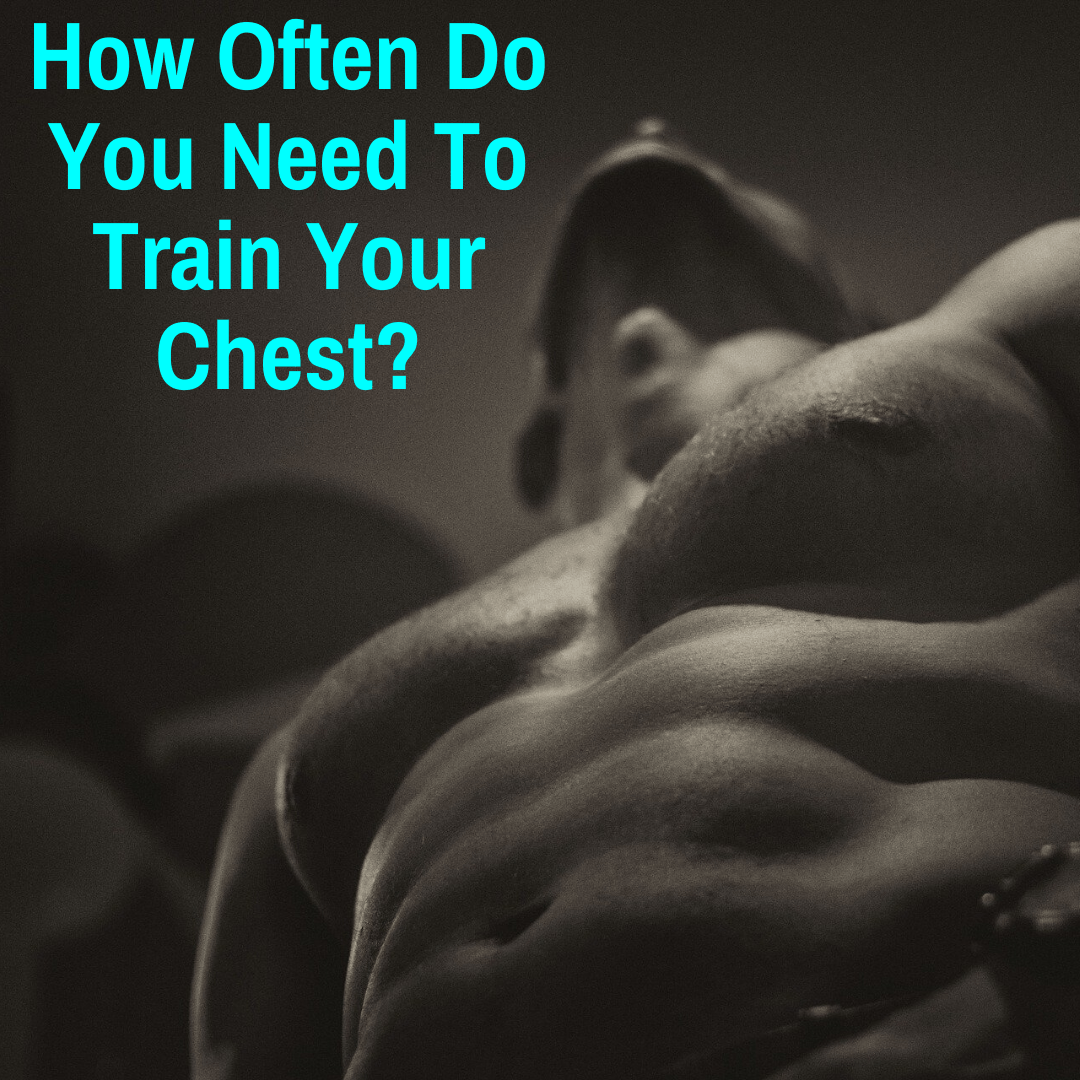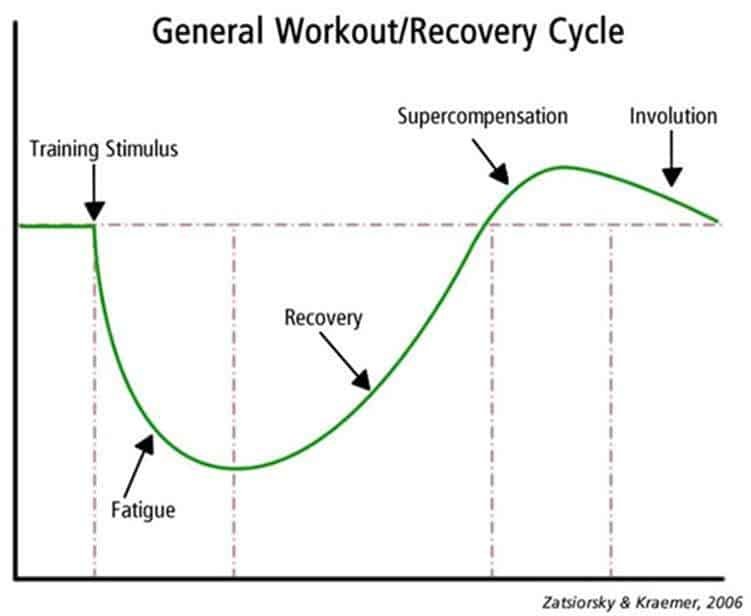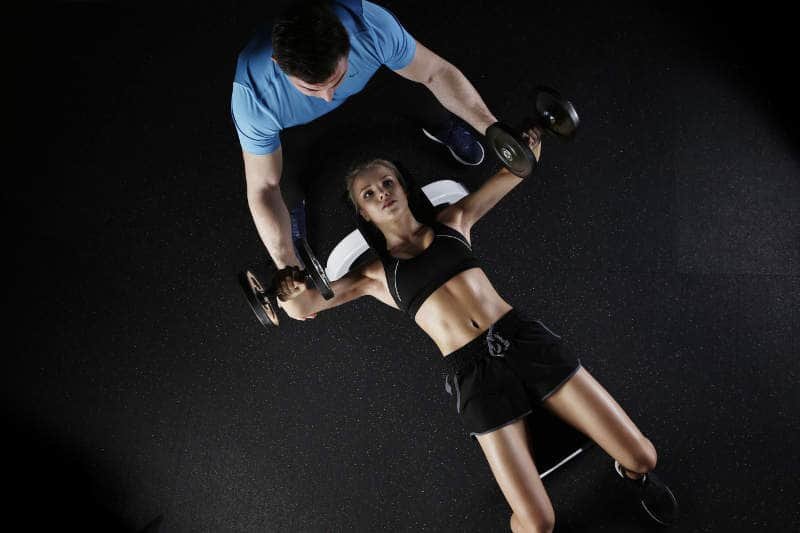 One of the most common questions we get is how often you should train a particular muscle group like your chest.
One of the most common questions we get is how often you should train a particular muscle group like your chest.
There is a lot of different information and opinions on the topic, so it can be rather hard to find the right answer.
We will give you a solid set of guidelines and considerations for determining the best chest training frequency for your program. In fact, you can apply the information to most other muscle groups as well.
To boost your strength training by helping you perform heavy lifts, a power rack can be invaluable. We surveyed the market and found the best power racks today. If you are thinking of buying one, check out our rundown of the top power racks.
Before we can begin to make recommendations on chest training frequency, it is important to know a little bit about what actually happens when you train your muscles.
The Stimulus, Recovery, Adaptation Process
The stimulus, recovery, adaptation (SRA) curve is a great way of seeing what happens to your muscles as you train them for hypertrophy.

Here is a quick description of what is being shown above as it relates to your training.
The horizontal, dashed line shows your current level of performance. You could look at this as your current level of muscle mass or your current strength level; it is your baseline.
The “training stimulus” represents the beginning of a particular workout or exercise for a muscle group.
The “fatigue” phase is the fatigue and drop in performance that occurs throughout a workout. Obviously, you have a higher level of performance on your first set when compared to your last set.
“Recovery” is a fairly simple, yet very important portion of the curve. It is the period of time where muscle protein synthesis is elevated and your tissue is repairing after being trained.
Following the recovery phase comes “super-compensation” and this is where gains are made. Your muscles are fully recovered and they can now grow and become stronger as a result of the training session.
The final part of the graph shows “involution”, which is sometimes called de-training. This happens after a period of time passes without a new training stimulus. “If you don’t use it, you lose it” sums it up pretty well: take too much time off and you lose muscle mass again.
As you can see from the SRA curve, you need to time your training properly in order to manage your fatigue levels to allow maximum recovery and super-compensation.
If you train too frequently, you could eat into your recovery time and hurt your progress. On the other hand, training too infrequently will lead to involution or de-training of your muscles.
What Is The Best Training Frequency For Chest?
Generally, the recovery phase after a workout, which is where muscle protein synthesis (MPS) is elevated and your tissue is rebuilding, lasts 48 to 72 hours.
It should be noted that the time frame does depend on experience level and how much fatigue a particular workout has caused. Therefore, some individual experimentation will be necessary but, usually, it is going to take around 48 hours for your muscles to recover and rebuild.
What this means is from around 48 hours onwards, you could begin to experience some slight de-training. As a result, we can say that training your chest every 48 to 72 hours is going to lead to better gains for most people than just a single session each week.

As we already discussed, that recommendation will be quite individualized and does depend on the total workload and fatigue accumulated from a training session.
In general, a harder workout is going to lead to MPS being elevated for a longer period but it could also lead to connective tissue soreness. In this situation, your muscles may finish growing but your joints will be too sore to train again, which is not good and is a sign that your workload was too high.
You must manage your workout volume so, when your next session comes around, you feel fresh enough to train hard again. This may take a bit of experimenting and you need to listen to your body to learn your own recovery capabilities.
Putting It All Together
So, you are aware that training your chest or any muscle is best done at a frequency of every 48 to 72 hours. You also know you must manage your fatigue to allow you to train your muscles again before de-training takes effect.
But how can you put it all together for yourself?
Well, to begin with, training each muscle group every 48 hours would be a great starting point.
3 full-body workouts each week will give your muscles enough training stimulus, recovery time and training frequency to make very good progress.
In terms of workload for each muscle group, a good starting point is to aim for around 15 working sets per week for each muscle group. That is not 15 sets per exercise, but per muscle.
This means that you need to be aware of overlapping exercises. For example, 5 sets of chin ups on a pull-up bar will count as 5 sets for your back and your biceps. And know that you can’t target specific areas of a muscle, like training only the inner chest.
If you find that you are constantly sore or fatigued then you may need to look into your workload or recovery methods. You may be doing too many sets or you could be under-recovering by not eating/sleeping enough.
The suggestions here are really just starting points. As you can see, a lot of trial and error needs to take place; you need to learn how your own body reacts to the demands of your training and adjust as you go.
Although it is very hard to give blanket advice that applies to everybody, we can confidently say that, for the majority of people, training your muscles 2 to 3 times per week is going to produce better gains than just a single session, as shown in this study by hypertrophy expert, Dr. Brad Schoenfeld.
Leave a Reply